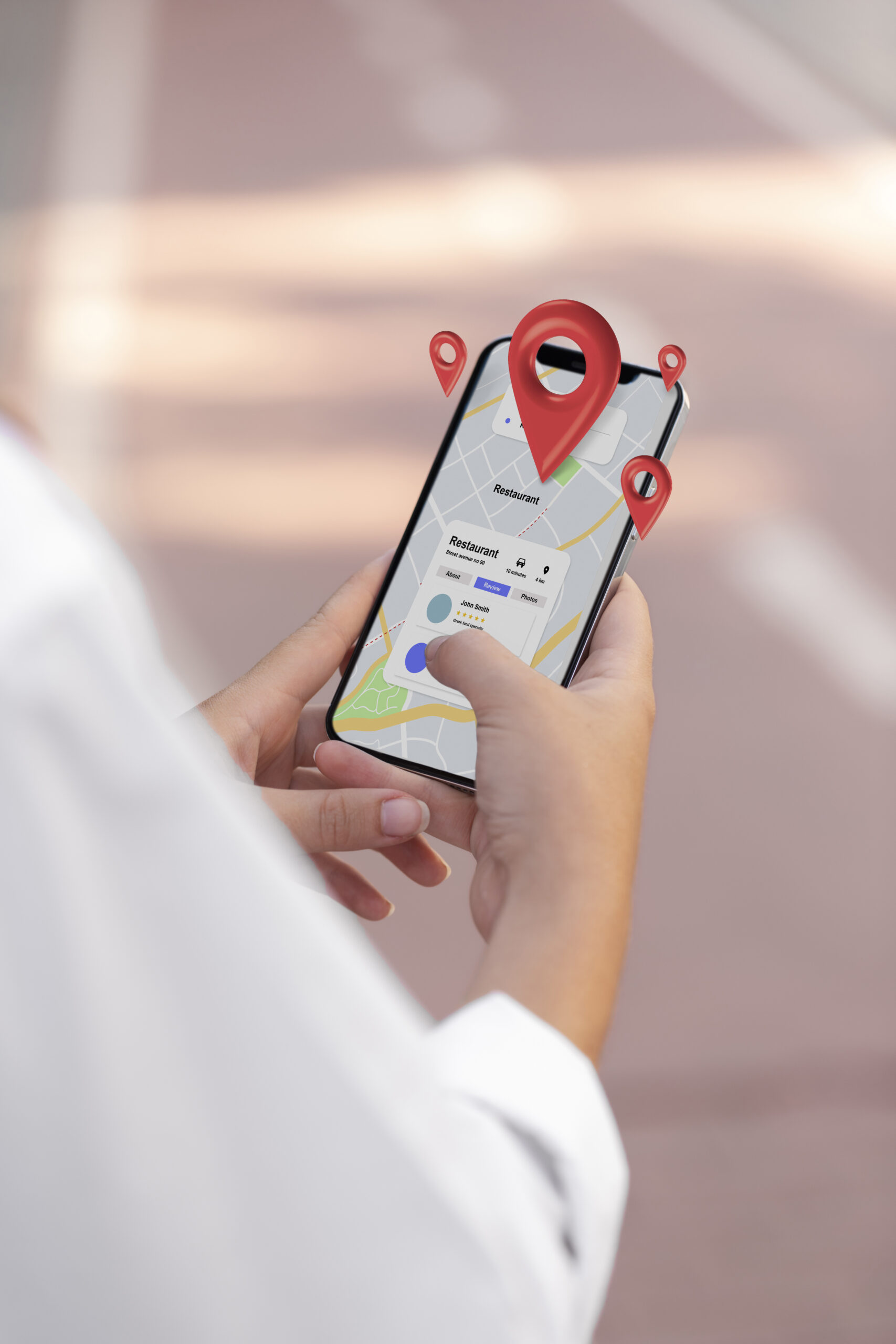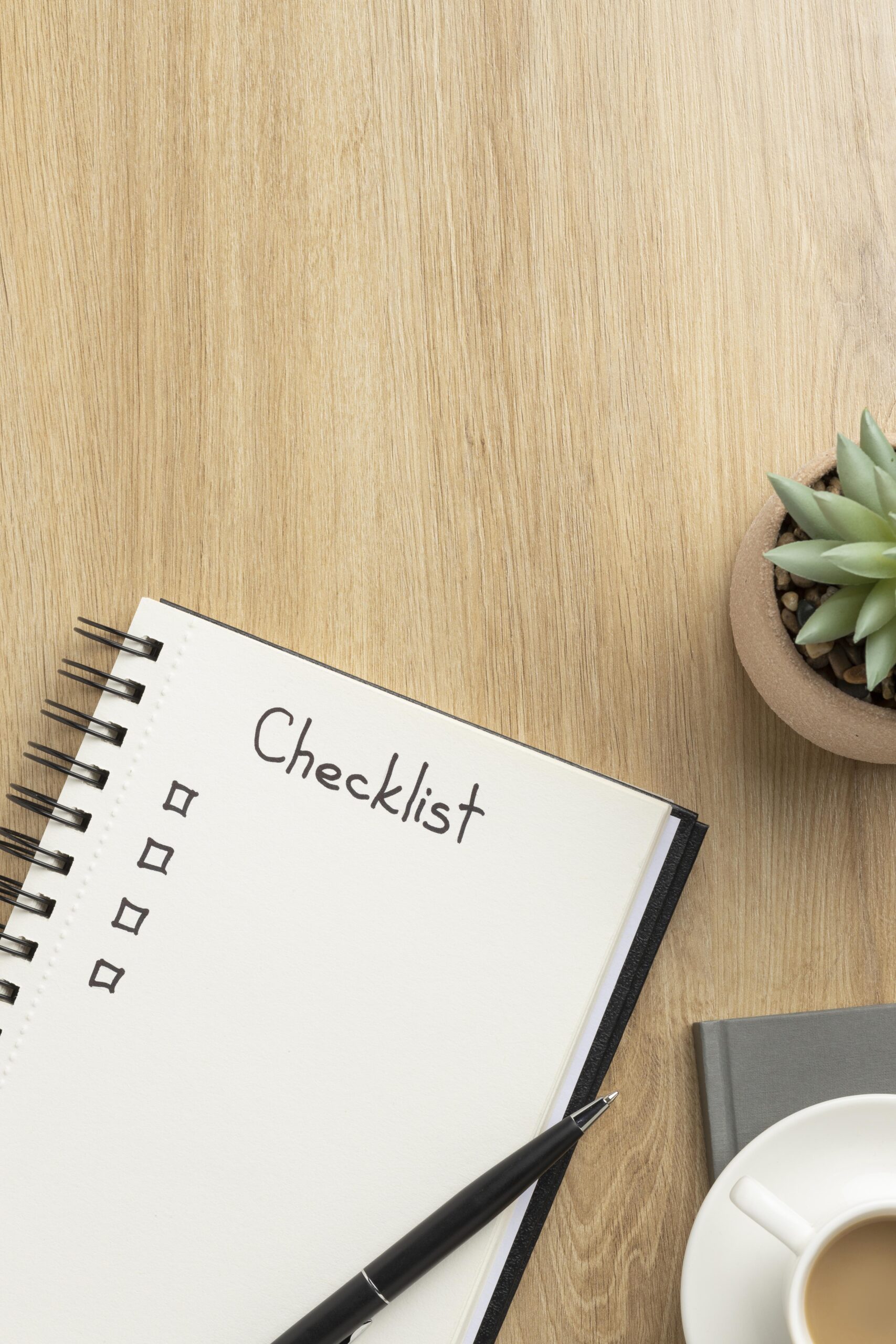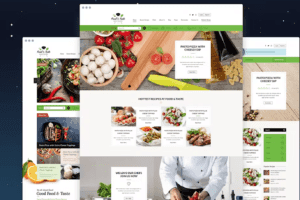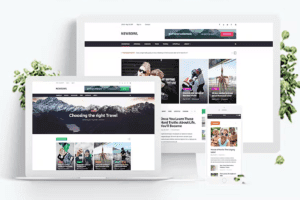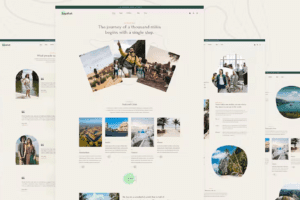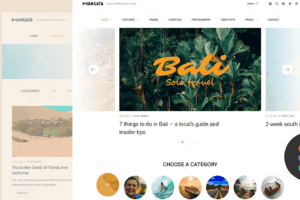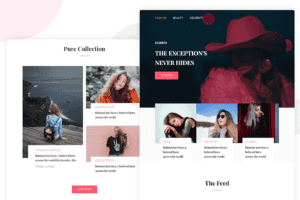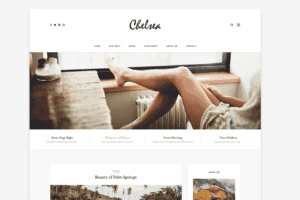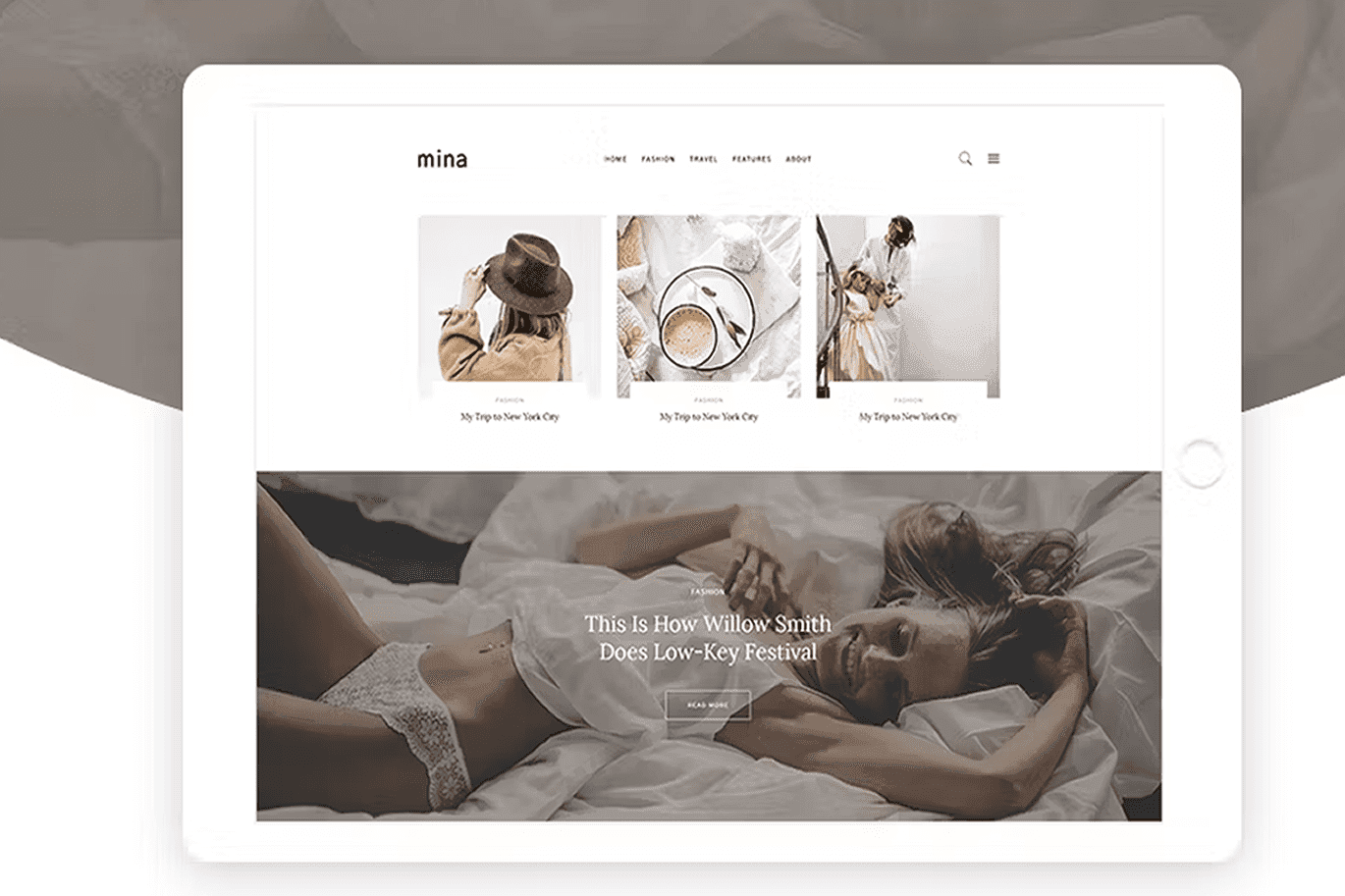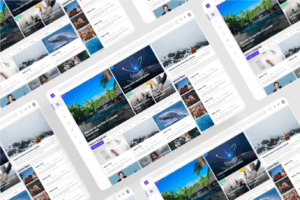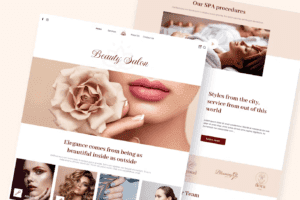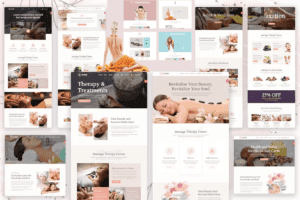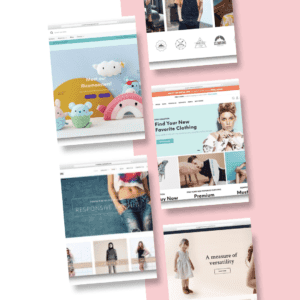Project Scope
The success of a web design project largely depends on defining a clear project scope. This involves outlining the details, goals, and deadlines that will guide the designer throughout the process.
Project Goals
One of the first questions to ask when hiring a web designer is about the project goals. What do you aim to achieve with your website? Are you looking to increase online sales, improve brand visibility, or provide better user experience? Clearly defining your objectives will help the designer create a website that aligns with your business goals.
Additionally, discussing the specific features and functionalities you want on your website will give the designer a better understanding of the project scope. Whether it’s e-commerce capabilities, responsive design, or integration with third-party platforms, be sure to communicate your requirements clearly.
Target Deadline
Target deadlines are crucial in any web design project. It’s important to have a clear timeline in place to ensure that the project stays on track and meets your business needs. Discussing the deadline with the web designer upfront will help both parties establish a realistic timeframe for the project.
A well-defined timeline should include key milestones, such as initial design concepts, content creation, and testing phases. Having a clear target deadline will help you plan other aspects of your business accordingly, such as marketing campaigns or product launches.
Designer’s Experience
A crucial factor to consider when hiring a web designer is their experience. A designer’s experience can provide valuable insights into their capabilities, creativity, and proficiency in handling various design projects.
Previous work samples
The best way to gauge a web designer’s proficiency is by reviewing their previous work samples. The portfolio showcases their design style, creativity, and ability to meet client expectations. It also gives you a glimpse into the designer’s versatility in handling different types of projects.
By examining the designer’s past work, you can assess whether their design aesthetic aligns with your vision for your website. Look for diversity in their portfolio to ensure they can adapt to different design requirements and deliver outstanding results for your project.
Industry-specific experience
Experience in your industry can be a significant advantage when hiring a web designer. Designers with industry-specific experience are familiar with the unique challenges, trends, and target audience preferences within your niche. This knowledge can result in more tailored and effective design solutions for your website.
To ensure the designer understands your industry dynamics, ask about their previous projects related to your field. A designer with relevant experience can bring valuable insights and ideas to the table, enhancing the overall design process and outcome for your website.
Design Process
When hiring a web designer, understanding their design process is crucial to ensuring the success of your project. A streamlined and effective design process can make a significant difference in the outcome of your website. In this chapter, we will explore key aspects of the design process that you should consider before making your decision.
Concept to Execution
One crucial aspect to inquire about is the designer’s process from concept to execution. Understanding how they take ideas and turn them into a fully functional website will give you insight into their creativity and problem-solving skills. Ask about their brainstorming process, how they gather inspiration, and how they translate concepts into design elements. This will help you gauge if their design approach aligns with your vision.
Additionally, inquire about how the designer manages the development phase and ensures that the final product reflects the initial concept. Understanding their workflow and communication methods during this crucial phase will give you confidence in their ability to bring your vision to life.
Revision Policy
Design revisions are a common part of the design process, as they allow for fine-tuning and adjustments to ensure the final product meets your expectations. It is imperative to have clarity on the designer’s revision policy before starting the project. Understanding how many rounds of revisions are included in the contract, how additional revisions are handled, and the timeline for feedback and approvals is crucial.
Design revisions can impact the overall timeline and budget of your project, so having a clear understanding of the revision policy will help you avoid any misunderstandings or unexpected costs. Clear communication and alignment on the revision process will ensure a smoother design process and a satisfying end result.

User Experience Focus
Your website’s user experience (UX) is critical to the success of your online presence. A well-designed website not only looks good but also ensures that visitors can easily navigate and find the information they need. When hiring a web designer, it’s crucial to prioritize a user-centered design approach to create a positive and engaging experience for your audience.
UX design principles
One of the key aspects of user experience design is understanding the principles that guide the development of a website. These principles include elements such as simplicity, consistency, and clarity. A good web designer should be well-versed in UX design principles and apply them throughout the design process to optimize the usability and accessibility of your website.
Additionally, a user-centric design approach focuses on empathizing with your target audience to create a website that meets their needs and preferences. By incorporating UX design principles into the website’s layout, functionality, and content, you can enhance the overall user experience and encourage visitors to engage with your brand.
User testing involvement
Focus on involving user testing throughout the website design process to gather valuable feedback and insights from real users. User testing helps identify usability issues, gauge user satisfaction, and make informed design decisions to enhance the overall user experience.
It is crucial to iterate and refine the website design based on user feedback to ensure that the final product meets the needs and expectations of your target audience. By prioritizing user testing involvement, you can create a website that is not only visually appealing but also intuitive and user-friendly.

SEO and Responsiveness
Many factors contribute to the success of a website, and two imperative elements to consider before hiring a web designer are SEO and responsiveness. Incorporating these aspects into your website design can significantly impact its performance and visibility online.
SEO integration methods
With the ever-increasing competition in the online space, having a strong SEO foundation is crucial for the success of your website. When hiring a web designer, it’s important to inquire about their SEO integration methods. A skilled web designer should be well-versed in on-page SEO techniques, such as optimizing meta tags, headers, and image alt text, to improve your website’s search engine rankings.
Furthermore, ask the web designer about their approach to keyword research and content optimization. Quality content that is both user-friendly and search engine-friendly is imperative for driving organic traffic to your website. A web designer who understands the importance of SEO will be able to implement strategies that align with current best practices and industry standards.
Mobile responsiveness plan
Integration of mobile responsiveness into your website design is no longer optional—it’s a necessity. With the majority of internet users accessing websites on mobile devices, having a mobile-responsive design is vital for providing a seamless user experience across all devices. When discussing this aspect with a potential web designer, inquire about their mobile responsiveness plan.
To ensure that your website looks and functions optimally on smartphones, tablets, and other mobile devices, the web designer should follow responsive design principles. This approach involves creating a flexible layout that adjusts to different screen sizes and resolutions, providing users with a consistent experience regardless of the device they are using. A web designer who prioritizes mobile responsiveness can help improve your website’s usability, engagement, and overall performance.
Content Management System
To ensure a seamless website management process, it is vital to understand the Content Management System (CMS) that will be used. A CMS is a software application that allows users to create, edit, organize, and publish digital content. It plays a crucial role in website development by providing a platform for easy content updating and maintenance.
CMS platforms used
When hiring a web designer, inquire about the CMS platforms they are proficient in using. Popular CMS platforms like WordPress, Joomla, and Drupal offer different features and functionalities. Understanding which platform will be used for your website can help you assess if it aligns with your requirements and preferences.
Management systems involve the technical aspects of website management such as database updates, security patches, and plugin installations. The web designer should have a strong grasp of the CMS platform’s architecture to ensure efficient website maintenance and updates.
Client update capabilities
The ability for clients to update content on their website is a crucial factor to consider when choosing a CMS. Some CMS platforms offer user-friendly interfaces that allow clients to easily make changes to text, images, and other elements without the need for technical expertise. This capability empowers clients to maintain their website and keep it up to date without relying on the web designer for every minor update.
Cost and Payment
Nowadays, hiring a web designer is crucial for businesses looking to establish a strong online presence. However, before you examine the process, it’s important to ask the right questions to ensure you find the best fit for your project. One of the key aspects to consider is the cost and payment terms associated with hiring a web designer.
Detailed pricing structure
One of the first questions you should ask a potential web designer is about their pricing structure. Understanding how they bill for their services can give you clarity on what to expect in terms of costs. Some web designers may charge an hourly rate, while others may offer fixed pricing for specific services or packages. Make sure to discuss what is included in their pricing and if there are any additional costs for revisions or extra features.
It’s also important to inquire about any potential hidden fees that may arise during the project. Ask the web designer to provide a detailed breakdown of costs for different aspects of the project, such as design, development, hosting, domain registration, and ongoing maintenance. This transparency will help you avoid any surprises in the final bill and ensure that you are getting a fair deal for the services provided.
Payment schedule
Cost is a critical factor to consider when hiring a web designer, but so is the payment schedule. Different designers may have varying preferences when it comes to payment terms. Some may require a deposit upfront before starting the project, while others may divide the payments into milestones throughout the project timeline. It’s vital to discuss and agree upon a payment schedule that works for both parties before moving forward.
Having a clear payment schedule in place can help prevent any misunderstandings or delays in the project timeline. Ensure that the payment terms are outlined in the contract to protect both your interests and the web designer’s. By establishing a transparent and fair payment schedule, you can maintain a positive working relationship throughout the project and ensure a successful outcome.
Ongoing Support
Post-launch maintenance services
For a successful online presence, post-launch maintenance services are crucial. Before hiring a web designer, inquire about the maintenance packages they offer. This includes updates to content, security patches, and troubleshooting any issues that may arise after the website is live. Understanding what level of support is provided post-launch will help you ensure your website remains functional and up-to-date.
Additionally, ask about the frequency of backups and how they handle any necessary software updates. A reliable web designer should offer ongoing maintenance services to keep your website running smoothly and securely.
Support hours availability
For services that offer support hours availability, it’s imperative to know when you can reach out for assistance. Whether it’s through email, phone, or a ticketing system, understanding the channels and hours of support will give you peace of mind in case any issues arise with your website. Be sure to clarify if there are any additional costs for after-hours support or expedited services.
It’s also advisable to inquire about response times during support hours to gauge how quickly you can expect assistance when needed. Clear communication regarding support availability will help you plan accordingly and ensure a smooth experience with your web designer.
Project Management
Communication channels
After hiring a web designer, clear and prompt communication becomes crucial for the success of your project. Establishing effective communication channels upfront will ensure that you can easily reach your designer when needed. Whether it’s through email, phone calls, project management software, or in-person meetings, make sure to agree on the preferred mode of communication to avoid misunderstandings.
Management of communication channels is crucial to keep the project on track and address any issues that may arise. Setting regular check-ins or progress updates can help maintain transparency and ensure that both parties are aligned with the project’s goals and timeline.
Project tracking tools
After hiring a web designer, it’s crucial to discuss the project tracking tools that will be used to monitor progress. Whether it’s a project management software like Trello, Asana, or Slack, having a centralized platform where tasks, deadlines, and milestones are tracked can streamline the project management process.
Project tracking tools enable both you and the designer to stay organized and focused on the project’s objectives. By having a clear overview of the tasks at hand, it’s easier to identify bottlenecks, address any delays, and ensure that the project stays on schedule.
It is important to choose project tracking tools that are user-friendly and accessible to all team members involved in the project. This ensures seamless collaboration and visibility into the project’s progress at all times.
Legalities
Once again, before you hire a web designer, it’s crucial to address the legal aspects of the project. Understanding the legalities involved will help protect your rights and ensure a smooth working relationship with your designer.
Copyright Ownership Clarification
One of the necessary questions to ask your web designer is about the ownership of the website’s design and content. It’s crucial to clarify who will own the copyright to the website once it is completed. Make sure to have this agreement in writing to avoid any misunderstandings in the future.
Furthermore, discuss the usage rights of any stock images, graphics, or other elements that are incorporated into the website. Understanding these details will prevent any legal issues regarding the use of copyrighted materials.
Contract and Terms
To protect both parties, it is necessary to have a detailed contract outlining the terms of the project. The contract should include the scope of work, timeline, payment terms, and any additional fees. Be sure to discuss what happens in the event of project delays, changes, or cancellations.
Additionally, the contract should specify the responsibilities of both parties regarding revisions, approvals, and communication throughout the project. Having a clear contract in place will help prevent misunderstandings and protect your interests.
Legalities: It is advisable to consult with a legal professional to review the contract and ensure that all aspects of the agreement are legally binding and protective of your rights.


